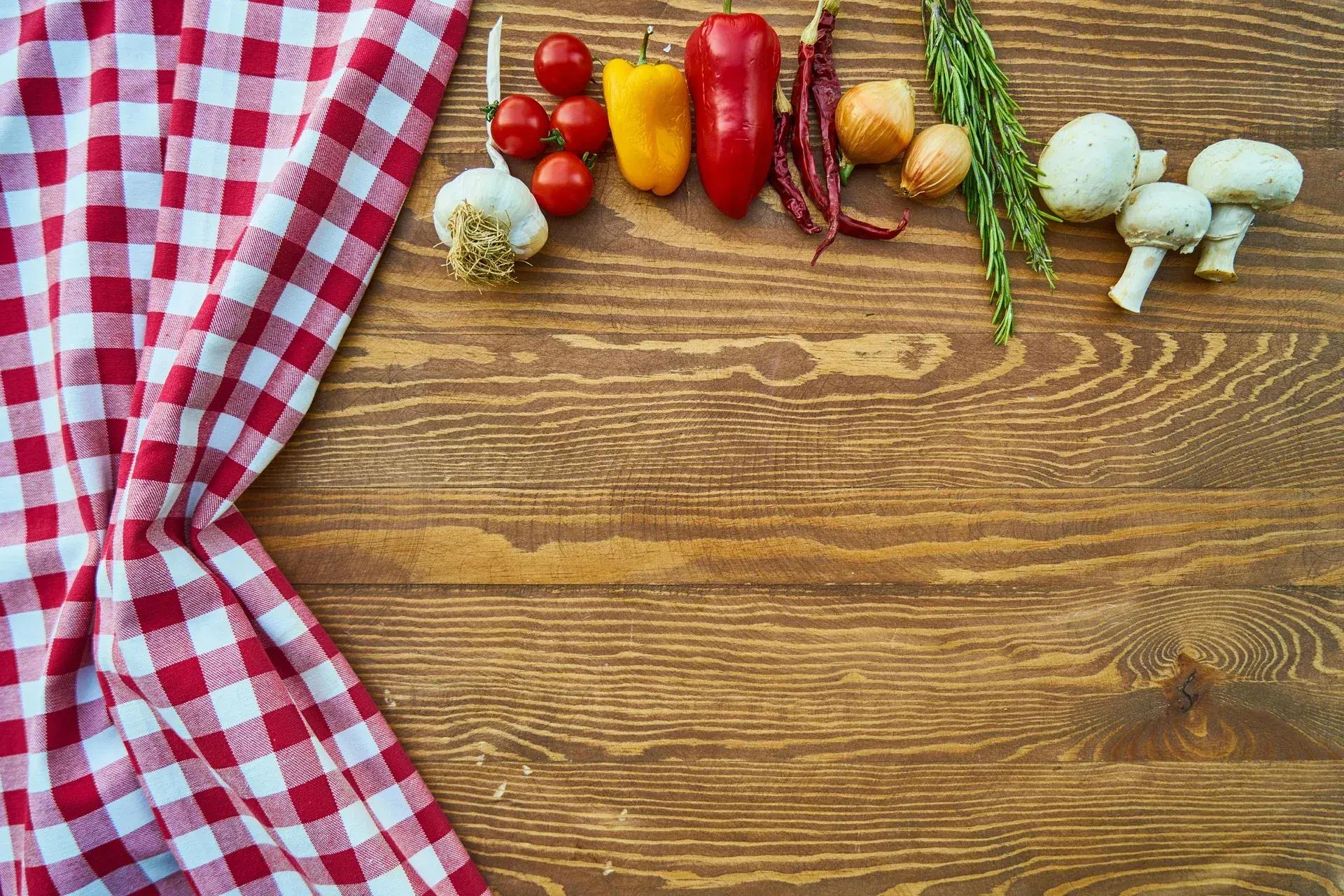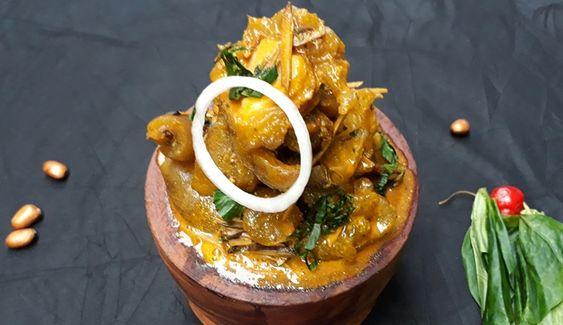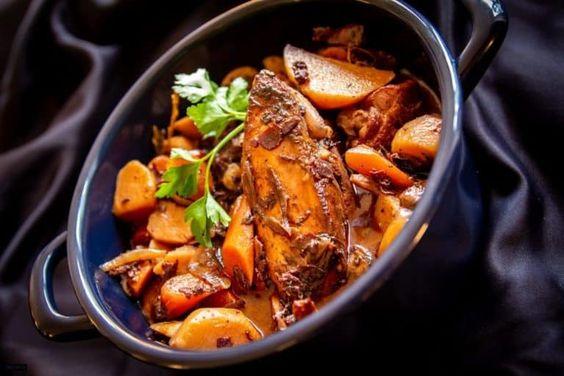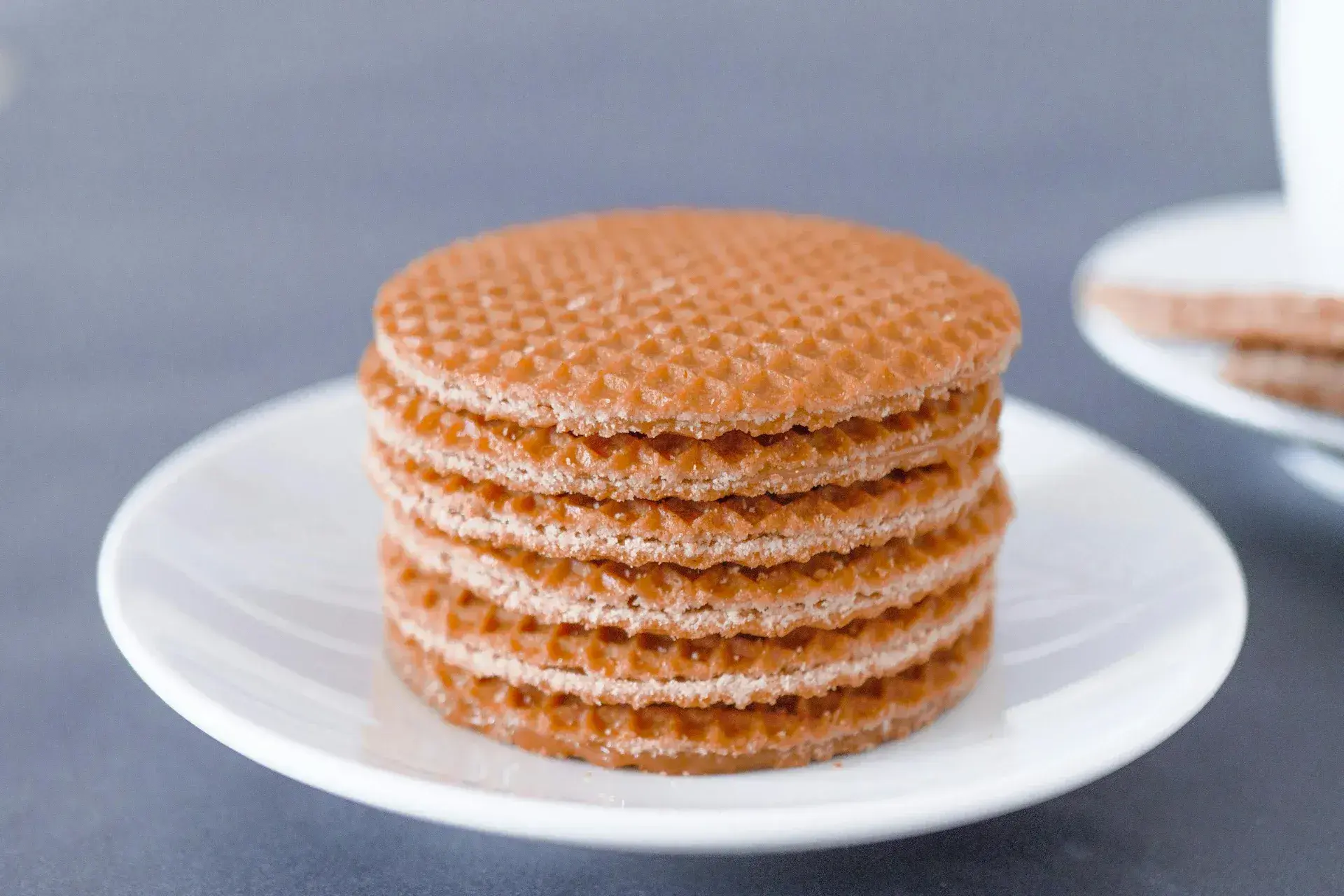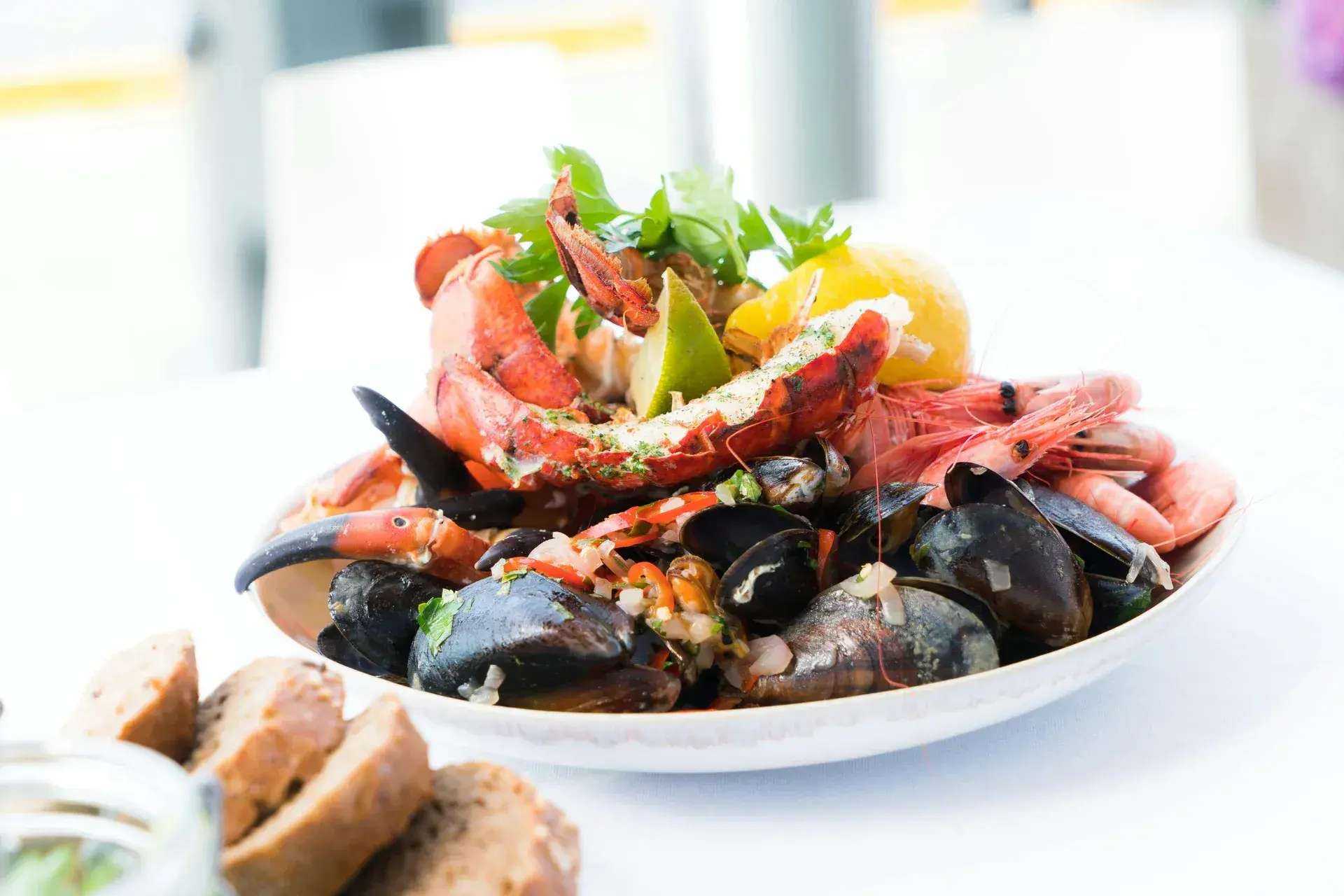Kung Pao Chicken. The Fiery Delight of Sichuan Cuisine
Kung Pao Chicken is a popular Chinese dish known for its bold flavors, spicy heat, and mouthwatering combination of textures. Hailing from the southwestern province of Sichuan, this dish exemplifies the region's love for spicy, aromatic ingredients and its mastery of flavor layering. In this article, we will explore the history, preparation, and variations of Kung Pao Chicken, shedding light on the qualities that make it a beloved staple in Chinese cuisine.
History and Origins
Kung Pao Chicken, or 宫保鸡丁 (Gong Bao Ji Ding) in Chinese, is named after Ding Baozhen, a Qing Dynasty official who held the title of Kung Pao (宫保). Legend has it that Ding Baozhen had a particular fondness for this spicy chicken dish, which eventually led to it being named in his honor. Over time, Kung Pao Chicken has become a symbol of Sichuan cuisine and is celebrated for its harmonious blend of flavors and textures.
Preparation and Ingredients
The key ingredients in Kung Pao Chicken include diced chicken, peanuts, dried chili peppers, and Sichuan peppercorns. These components are expertly combined to create a dish that boasts a complex and delicious flavor profile. The preparation process involves the following steps:
- Marinating the chicken: The diced chicken is marinated in a mixture of soy sauce, Shaoxing wine, and cornstarch, which tenderizes the meat and imparts savory flavors.
- Stir-frying: A wok is heated, and the marinated chicken is stir-fried until it is cooked through. The peanuts, dried chili peppers, and Sichuan peppercorns are then added to the wok, allowing their flavors to meld together.
- Sauce: A flavorful sauce made from soy sauce, black vinegar, sugar, and cornstarch is added to the wok, which thickens and coats the chicken, peanuts, and peppers, creating a glossy, rich finish.
- Garnish: The dish is often garnished with sliced green onions and sesame seeds, adding a touch of freshness and texture.
Variations
While the traditional Kung Pao Chicken recipe features a fiery blend of flavors, the dish has evolved and adapted to suit different palates around the world. Westernized versions of Kung Pao Chicken often dial back the spice level, substituting milder chili peppers or bell peppers for the intense heat of Sichuan chilies. Additionally, some adaptations replace peanuts with cashews or incorporate other vegetables, such as zucchini or carrots.
Cultural Significance
Kung Pao Chicken has transcended its Sichuan origins to become a globally recognized Chinese dish. Its combination of bold flavors, contrasting textures, and colorful presentation has made it a favorite in Chinese restaurants across the world. The dish's adaptability and widespread appeal have also contributed to its enduring popularity, as chefs continue to create new interpretations that cater to diverse tastes.
Kung Pao Chicken is a shining example of the culinary expertise and flavor mastery that characterizes Sichuan cuisine. Its harmonious blend of tastes and textures has captured the hearts of food lovers around the globe, earning it a prominent place in the pantheon of Chinese dishes. Whether you prefer the traditional, spicy version or a milder, Westernized interpretation, Kung Pao Chicken is a dish that never fails to delight and satisfy the senses.

